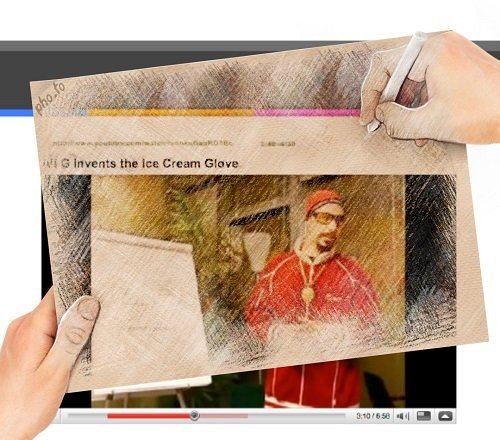.uincPeople will pay a higher price for a product they perceive as higher value if you let them. Let them
Table of Contents
Intimacy
Intimacy is a premium product, it is every market leader’s and incumbent’s vulnerability. After they get large they have to get largeR.
Re-allocating internal resources to new client acquisition, Servicing is scaled down, client intimacy is lost.
Technology swap makes the client self serve
There is a convenience to this and it should be included in a vendor’s bundle, but this is also a diminishing return for the vendor, they can’t charge more for a widget.
The best mix is ‘high tech, high touch.’ Usually this is just a pitch and it’s unconvincing, so the new entrant still has to charge less to woo clients. So, in reality the vendor didn’t believe it, nor did the prospect, they came to you for price, same way they’ll leave
Two opposing business models
- High convenience. This model relies on tremendous prospect velocity and high conversion ratios. The new entrant freezes their offering into a low-cost commodity, reframing competition from quality to price.
- High fidelity. The luxury side of the market. Pricing is the high side of the industry. This gains credibility, authority and assures the prospect of vendor sustainability.
There is a reason Rolls Royce doesn’t have a budget car
Pricing is a mature market
In a mature market the new entrant should charge the same as the incumbent market leader.
- Until the new entrant can compete with a broad suite of house owned and operated ancillary products, they must de-emphasize website aesthetics and promote an intimate customer service experience.
Pricing in a new industry
The innovator must jockey to secure the first mover advantage and preserve distance from oncoming competition.
- Create the industry language and jargon
- Create a unique billing and pricing methodology
- Create the industry association that requires its members have transparency, audited financials, certifications, and so on.
- Charge the maximum the market will tolerate. This is very likely much more than you think achievable.
- Marquee clients always leave and become somebody else’s marquee clients and they’ll become a testimonial for your competitors. Have some, but charge full price.
Prospects are accustomed to poor service
If they are with a major, fail safe, market leading vendor they are just one of tons of other marquee clients.
Three types of clients:
- Clients that are outrageously unprofitable: It is hard to fire these clients because of the hole that they would put in revenue. Vendors with an urgency for client acquisition wind up with a book of adverse selection, customers that won’t leave.
- Clients that are outrageously profitable: These clients can be easily pilfered. They’ve been with the provider for many years and their profitable condition is accidental. Prices kept on going up and they never renegotiated, nor did the benefit from any vendor goodwill.
- Clients that are ‘right’ priced: These clients can leave but don’t. They will take meetings with vendor competitors, they love to haggle but they aren’t leaving
Renewals
A department staffed by dedicated team that is bonused by retention and increase in margin. (this is also how you may wind up with clients that are too profitable. This team needs oversight)
Sales people are not good at increasing margins because they are emotionally tethered to the client.
Customer service people should not do renewals. They become a part of the clients vendor management system, transformed into the client advocate. The service staff amplify small client grievances and argue on the client’s behalf to keep costs low.
All the company must be aligned, role play, practice. Every person and process has to be regulated into a premium product/service.
The end?
